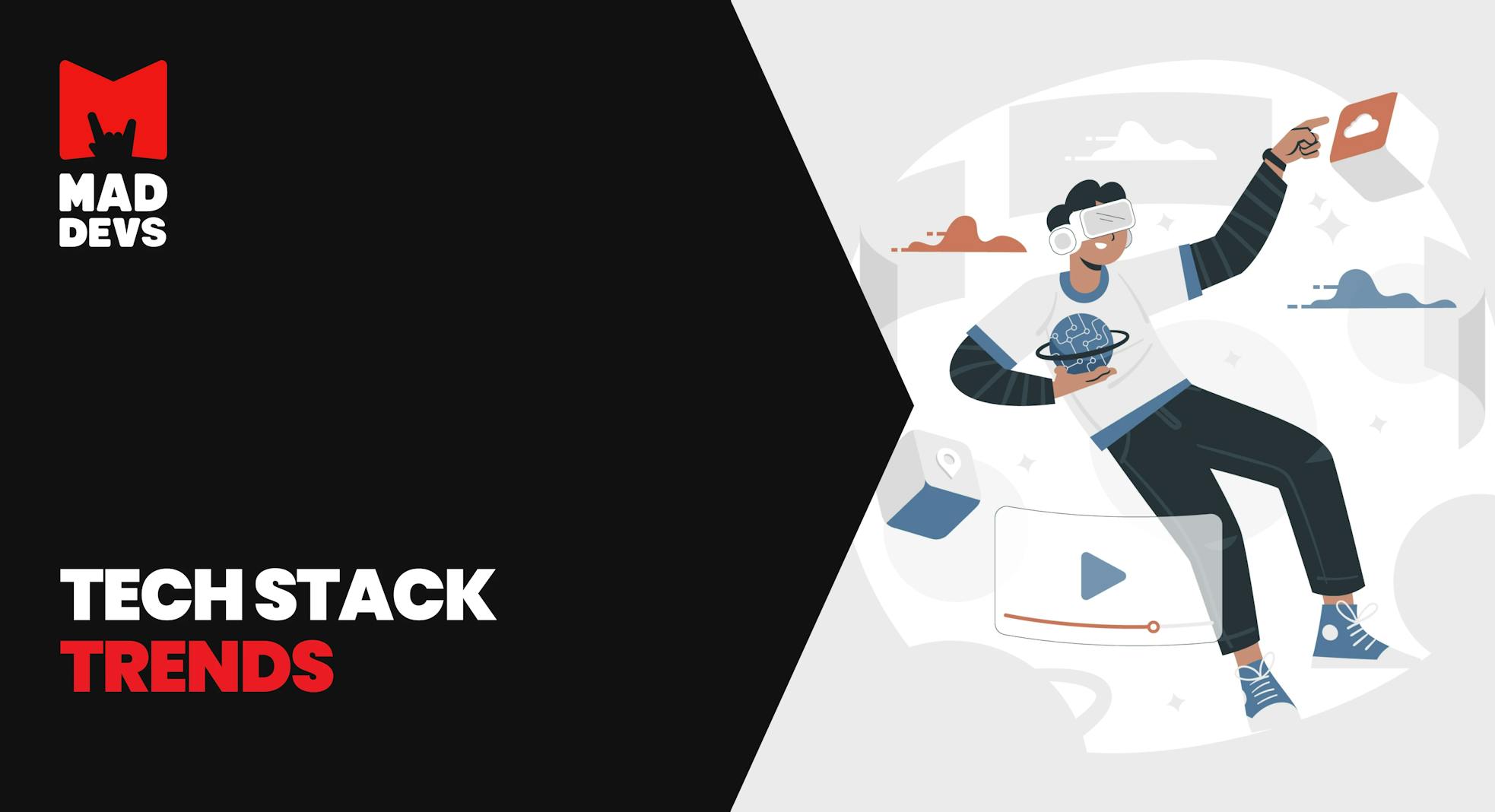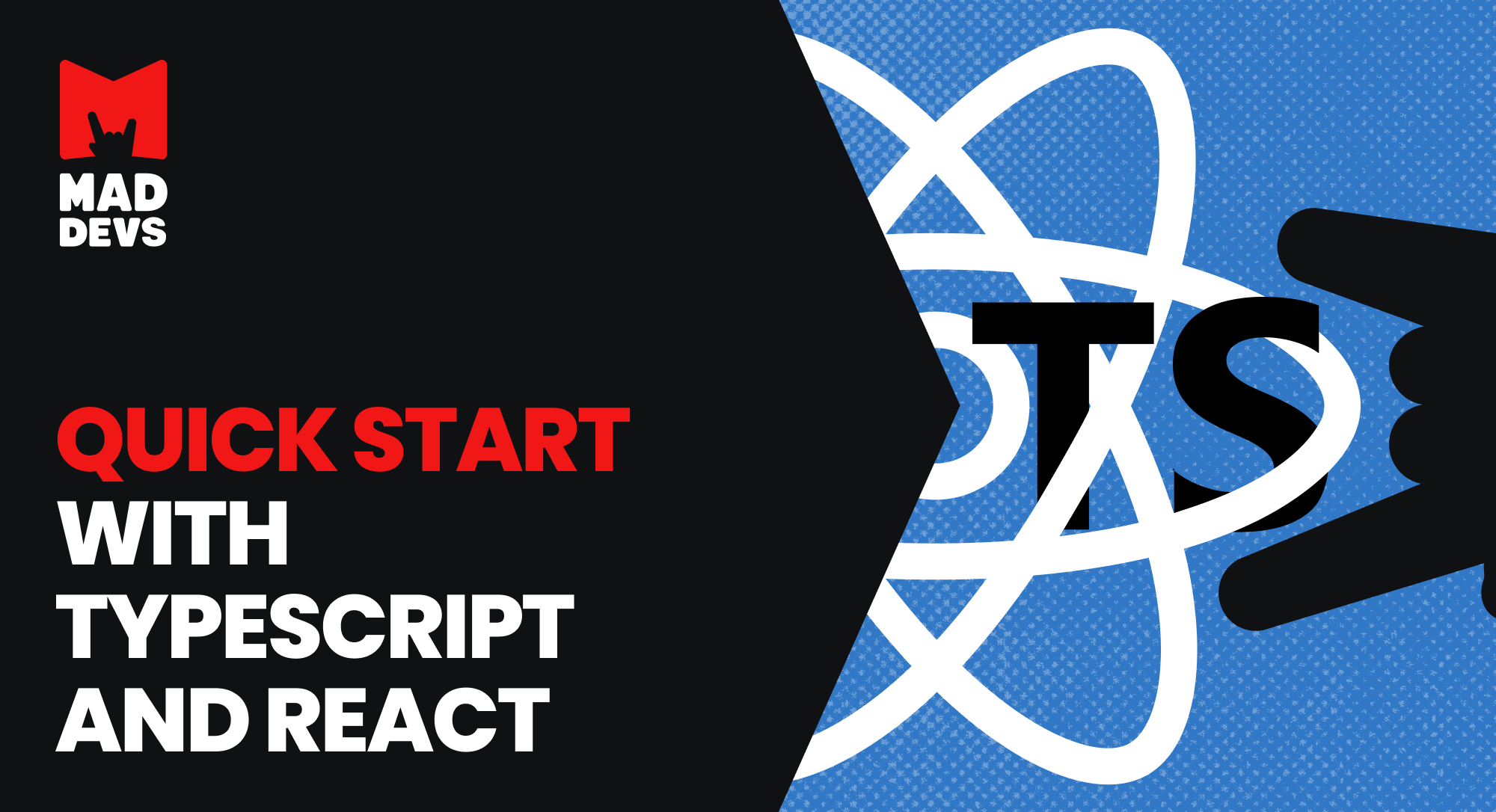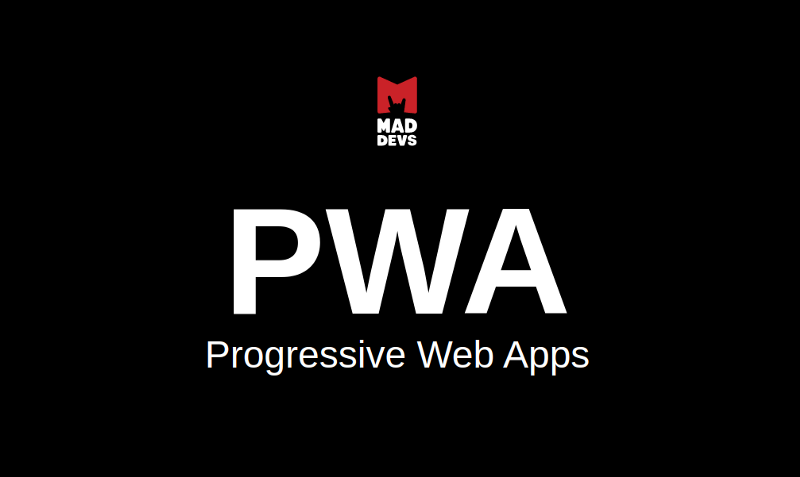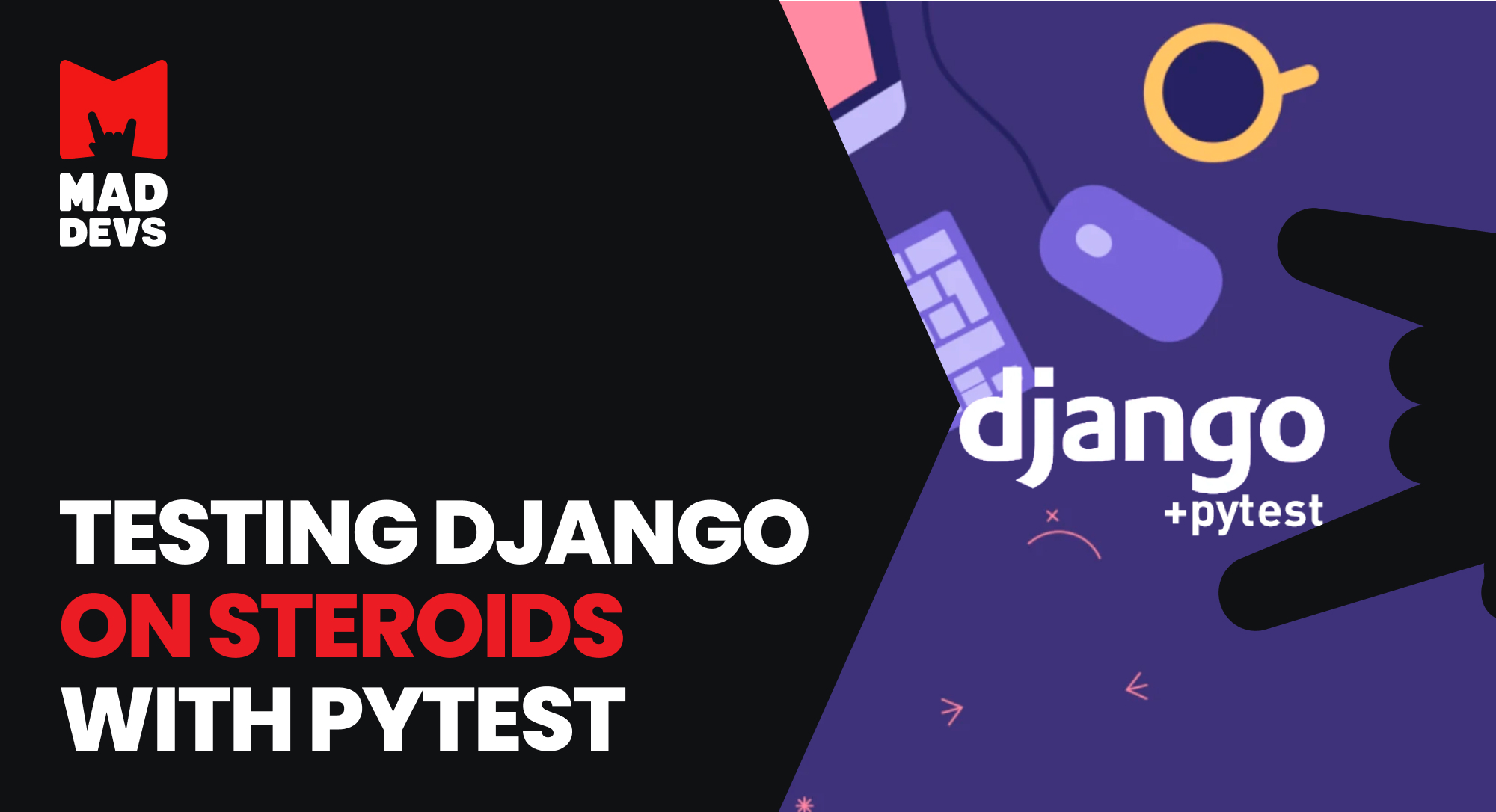A tech stack or software stack is essentially a set of technologies you chose to develop your project. It covers the tools you'll need to create everything from the front-end to databases and management of resources.
Alas, given the fluctuating nature of the software development industry and the wide availability of various tools on the market, settling on a stack of technologies that fit like a glove is nothing short of a Herculean feat.
So what are the current trends in Web technology?
- JS and JS-based frameworks like Node, React, or Vue will stay where they are with no significant changes
- TypeScript + Deno will start gradually overtaking projects of various sizes
- Web apps will become even closer to native applications
- No-code or low-code applications will help small businesses with developing simple websites much more often
Now that we've identified the trends, let's take a look at the primary tech stacks to watch out for in 2023. Keep an open eye as you might discover something that will instantaneously click with your needs.
TypeScript Deno
Developed by Ryan Dahl, the person behind the original Node.JS, Deno is becoming a mighty contender for the throne. It doesn't just know the competitor inside out—it aims to offer solutions to the main pain points of using Node.
In layman's terms, TypeScript is the new JavaScript and Deno is the new Node that aims to transform TS into the default back-end programming language while eliminating the typical issues associated with Node. These include security issues, heavy-handed tooling, and the centralized repository system.
When to use this stack? When you need to build a web application, website, or MVP that you need to deliver to the market as promptly as possible.
PWA
Web applications are becoming closer and closer to native apps. This is happening because most browsers have as many features as mobile applications. Many connection methods are available: for example, via BlueTooth, background synchronization, offline mode, and push notifications. PWA allows creating a website that gives users access to all of these applications, while WA removes the need of sticking to Javascript, as it is a common target that multiple languages (C++, Go, Python, etc.) can compile to.
When to use? When building a complex website that is designed to deliver specific, app-like functionality.
Flutter
Flutter is like the new cool kid on the block. The stack is composed of the Flutter engine, Dart, Foundation Library, and Design-Specific Widgets. It gives you a wide assortment of tools for cross-platform development.
The combination of tools in the stack formalizes and streamlines the development process offering steady, scalable delivery.
When to use Flutter? When you are looking to develop an application that will work equally well on every platform (Android, iOS, Windows, or Linux) from a single code base powered by the same business logic.
Serverless
Serverless has been growing steadily over the past few years. Tools like AWS Lambda, Google Cloud Functions, and Azure Functions were leading the way.
That said, the odds are these functions will truly explode in 2023 as one of the primary reasons some developers opted against them—the cold start—has been addressed. High latency has been countered with the 2020 release of AWS Lambda's concurrency for recurring peak usage. It ensures that you'll always have a hot function available to give you predictable latency.
The inability to control runtime with a Docker container has been addressed as well with the recent announcement from AWS that Lambda supports containers. Google Cloud Run has supported containers for a while as well, so serverless functions are becoming much more suitable for a larger variety of use cases. Also, more serverless databases (e.g., Fauna DB or Firestorm) are emerging, taking the pain of scaling and maintaining the back-end infrastructure out of the picture.
When to use the serverless stack? When building applications based on a cloud infrastructure. Simply put, you will be launching the apps on the technologies you use to build them.
DevSecOps
DevOps has now become a staple in software development. However, it will be growing and changing primarily because of existing security concerns (billions being lost to hacker attacks every year). Github and Gitlab are on the frontier of this paradigm shift. Both heavily emphasize security by adding the dependency check and launching custom static code analysis tools.
Guardrails are yet another example of a technology that's on the rise due to the addition of Sec in DevOps. It is a flexible solution that empowers developers to find vulnerabilities in their own source code as well as in open source libraries and cloud-based infrastructures.
When to use DevSecOps? You can expect DevSecOps to dominate the industry, replacing DevOps in the next couple of years, so prepare for a new recruitment race for security specialists. We suggest starting ASAP as the market is only going to get much more competitive.
These are some of the most prominent tech stacks to keep an eye out for in 2023, but this list barely scratches the surface of the vast array of technologies available to developers nowadays. So the main takeaway is that use cases for tech differ and that you should always be looking for the right technologies to power your project specifically. We'll be more than happy to help with the task.














